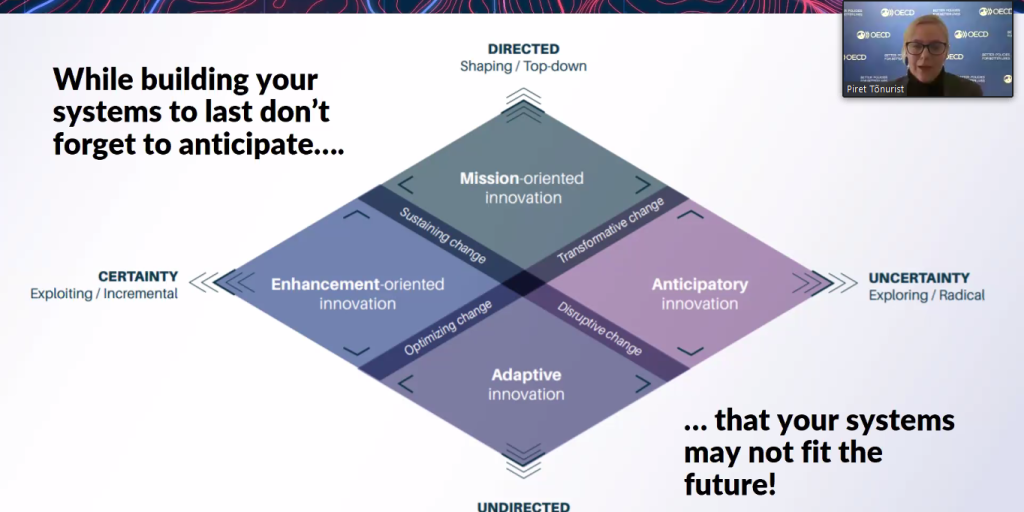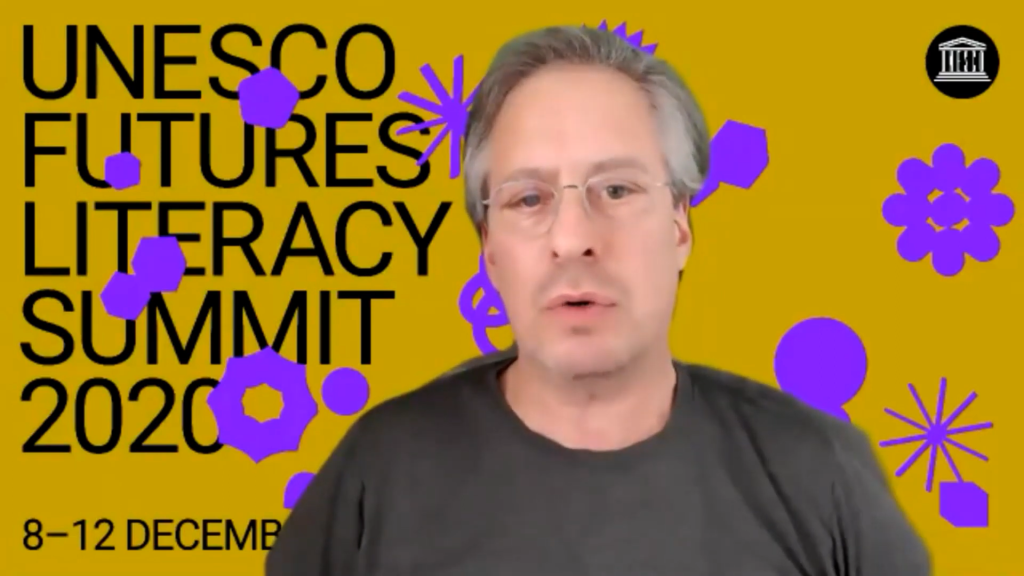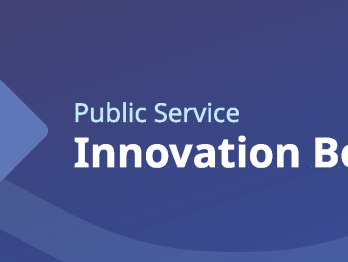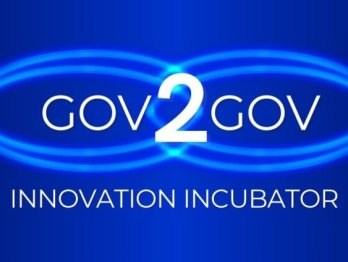Anticipatory innovation governance model – humble, yet ambitious

Anticipatory innovation governance model – humble, yet ambitious
Governments tend to look like powerful, overwhelming forces that are difficult to stop or change. Juggernauts if you will. Yet governments over decades have reformed a lot: they adopted new (and given away) services and tasks together with technological and societal development. They have taken on different public administration paradigms, successful and otherwise. The change, however, has been slow and, at times, painful. We all have survival instincts, inertia built into what we do and who we are, and governments are no different. Yet, change is coming at a much quicker pace than ever, the digital transformation is rolling out transforming and we are confronted with challenges so complex and global never been seen before. Search for remedies has put the attention on new working methods like agile or futureproofing, yet little has been done about the systemic feedback mechanisms in government that tell public servants to continue as is. Governments can lose relevance, if they do not keep up with current challenges and systemically change the way they operate.

That is the reason why we at the Observatory of Public Sector Innovation (OPSI) have been working on the Anticipatory Innovation Governance (AIG) model for the past three years. Anticipatory innovation governance refers to the structures and mechanisms that allow and promote anticipatory innovation to occur alongside other types of innovation in the public sector. Anticipatory innovation means acting upon knowledge about the future by creating something new that has the potential to impact public value. It helps to explore complex and uncertain policy challenges and take a proactive stance towards the future. It allows governments to explore and function in the face of uncertain change. It is important to stress here that we do not just talk about futures and foresight, but acting on that information, because in uncertain contexts even the best-laid plans are doomed to fail and only through exploration can we make sense of emerging change.
“It is not the strongest or the most intelligent who will survive but those who can best manage change.” ― Charles Darwin
In line with these topics, on March 11th, 2021, OPSI organised a session on the AIG models as part of a series of international peer workshops on Anticipatory Innovation Governance hosted by the Government of Finland with the support of the European Commission’s Horizon 2020 Programme. Experts from governments, international organisations, and knowledge institutes contributed insights on the state of the art of how governments anticipate and innovate. Almost 300 participants from over 70 countries joined the particular workshop on anticipatory governance models. The discussion flowed over three topics: how to set up systems of AIG on the national level, how to build in room for radical experimentation and how to align these activities with traditional strategies and possible missions governments may have.
Getting started: how to set up a system of anticipatory innovation?
Discussion on this topic started off with Finland and Sirpa Kekkonen, a Senior Advisor from the Prime Minister’s Office outlining how Finland is building a new system of governance based around future needs. The aim is to change the policy steering system on a systems level, not only in fragments. Together with the OECD and the European Commission the country will soon start piloting and experimenting with anticipatory innovation mechanisms in practice. One of the insights coming out from this work has been the importance to not only look at the administrative system, but also the political one. It is not only a question of directing systemic change within the public sector, but vis-a-vis society as whole. This may be the biggest change: opening up public action and involving citizens who do not sit in government silos or are interested in political or administrative divides. Moving in real life towards anticipatory co-creation, not just talking about it.
“We have to highlight the urgency to make changes in our governance system. How do we motivate and bring in political decision makers in these discussions? It is necessary for any change for politicians to be behind it.”
Grace O’Reagan, the Assistant Principal Officer with the Our Public Service team from Ireland introduced Ireland’s journey towards integrating anticipatory innovation governance as part of its public service reform programme. She reflected on how a system could enable policymakers to anticipate and be proactive about policy decisions taken today, with megatrends as diverse as migration or biodiversity loss affecting all sectors of the economy.
“Good policymakers always consider the future. But do we need to dig deeper and take a longer term perspective for taking policy decisions today? There are pockets of strategic foresight but it is not clear to what extent this is supported.”
Ireland called on key senior policy makers across the public to identify strategic foresight tools and the megatrends. The importance of both producers and users of anticipatory knowledge is essential to plug this this into the governance system as a whole. You can have the best strategic foresight system in the world, but if the insights are not picked up through policy, it is not going to be relevant. It is important to build up an anticipatory innovation value chain from futures thinking to futures use. In order for it to be of value, it must inform the wider policy making environment and systems that are already in place. The next step for Ireland is a systematic approach to develop anticipatory capacity. Together we are embarking on a strategic foresight and anticipatory capacity building process and developing awareness with leaders.
Searching for alternatives and setting up radical experimentation in government
Taking anticipatory innovation into practice requires a wide lens of alternatives and experimentation. Nick Chesterley, the Director of Strategic Policy at Treasury Board Secretariat in the Canadian Government told us about the variety of barriers to experimentation in government noting that often it is difficult to establish examples of success, because the chance to implement things only comes when things are urgent. This counters the spirit of anticipation and anticipatory innovation, which is not about knowing things in advance and imposing today’s perceptions on tomorrow, but finding the ability and confidence for spontaneity and an experimental mind-set. The Canadian government, thus, supports experimentation through capacity and community building and introducing incentives for experimentation at a systems level (for example, through annual departmental surveys measuring experimentation). Still, many systemic barriers remain.

The next speaker, Jon Simonsson, the chair of the Swedish Government KOMET committee (The Committee for Technological Innovation and Ethics) explained how KOMET continuously delivers policy proposal to the Swedish government on technology developments. KOMET uses a simple model: understand what happens, test what happens, then change governance and policy accordingly. This model relies on collaboration and capabilities as the buildings blocks towards anticipation. The Swedish government wants the whole of Sweden to be a testing ground for new regulations that supports anticipatory innovation. Thus, challenging not only innovators and futurists, but also regulators – all who have role to play on something Sweden calls the ‘anticipatory innovation greenhouse.’
Tying anticipation to missions
Anticipatory innovation should not exist in a vacuum. It should interact with other government goals and the broader innovation portfolio. Yet, traditionally strategic foresight and futures thinking are in their own silos only linked to expert analysis. But wicked problems like sustainability or inequality are more difficult to tackle than just having the right, one-time expert input. Gorka Espiau Idoiaga, the Director at ALC, the Basque Social Innovation Lab told us that it is not enough to expect expert knowledge to tell us what will happen anymore.
“In my work we ask: how can we combine foresight with a portfolio that includes strong cultural and social initiatives? What social and cultural dynamics are needed for a systemic transition, and how can we combine it with expert knowledge?”
We must generate new infrastructures in the political, social, private sector, which can generate more innovative responses from broader parts of the population to what will emerge. Hence, connecting anticipatory innovation to social goals and also mission-driven approaches that are co-creative and deliberative in nature.

This was echoed by Kristin Karlsrud Haugse is responsible for cross-sectorial cooperation and works with innovation and digital transformation for the project “Seamless services and life events”, in which Norway ties anticipatory innovation to mission-oriented innovation through seven prioritised life events. Working with seven major life events, the preliminary insights from the project show that foresight and anticipation helps to give direction to the programme. The future stories, personas and scenarios will help make the missions come alive and help to align stakeholders.
Humble, yet ambitious

The above described points where taken up by out panel of experts including Professor Leon Fuerth and Sheila Ronis (Project on Civic Leadership for the 21st Century), Riel Miller (UNESCO) and Fabiana Scapolo (Europan Commission). The general agreement was that anticipatory innovation requires inclusiveness, transparency, collective intelligence, engagement and also… daring.
Fabiana Scapolo outlined that future is not a report and many complex challenges need to addressed differently. Often, we make a mistake by putting foresight into a document, but it should be taken into policymaking. Often also the public needs to give support to anticipatory innovation and therefore they also need to understand systems issues. Professor Leon Fuerth and Sheila Ronis are both working on this aspect of bringing grassroots and anticipation together based on civil discourse, and politics. By using foresight techniques with systems analysis, complexity theory, democratic governance, design, practical applications of existing mechanisms in government complex topics in government can be opened up. It does not work to tell people what they should think at the exclusion of everything else – by giving them a range of ideas, it is more likely complex forms of change can be accepted and embraced.

Riel Miller outlined the greatest system will not help us solve the complex challenges of today. We need an ethical and wisdom-based approach, which thinks many generations ahead. Given that the current system cannot be fixed, what strategy should we adopt to encourage a transition out of the current system? Our understanding of the past bakes in many things that are objectionable. If we take anticipatory governance seriously, we need complexity that is not hierarchical and not deterministic. We must stretch the limit and at the same time be modest in our approach. We must have a disciplinary foundation that underpins these activities. Hence, the new anticipatory innovation governance needs to be both humble and ambitious to counter the existing inertia and survival instincts of government.









